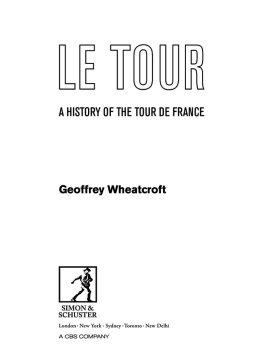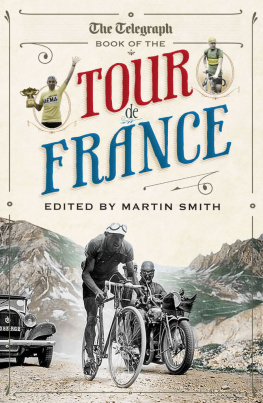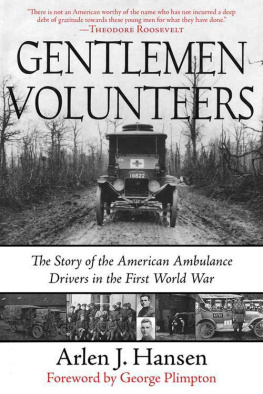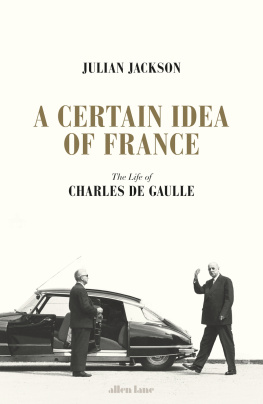ALSO BY GEOFFREY WHEATCROFT
The Randlords
Absent Friends
The Controversy of Zion
The Strange Death of Tory England
Yo, Blair!
In memory of Polly Muir 19252004
First published in Great Britain by Simon & Schuster UK Ltd, 2003
This paperback edition published by Simon & Schuster UK Ltd, 2013
A CBS COMPANY
Copyright 2003, 2007, 2013 by Geoffrey Wheatcroft
This book is copyright under the Berne Convention.
No reproduction without permission.
All rights reserved.
The right of Geoffrey Wheatcroft to be identified as the author of this work has been asserted by him in accordance with sections 77 and 78 of the Copyright, Designs and Patents Act, 1988.
Simon & Schuster UK Ltd
1st Floor
222 Grays Inn Road
London WC1X 8HB
www.simonandschuster.co.uk
Simon & Schuster Australia, Sydney
Simon & Schuster India, New Delhi
Every reasonable effort has been made to contact copyright holders of material reproduced in this book. If any have inadvertently been overlooked, the publishers would be glad to hear from them and make good in future editions any errors or omissions brought to their attention.
A CIP catalogue record for this book is available from the British Library
ISBN: 978-1-47112-894-3
Ebook ISBN: 978-1-47112-895-0
Typeset in the UK by M Rules
Printed and bound by CPI Group (UK) Ltd, Croydon, CR0 4YY
Preface
When the first edition of this book appeared in the late spring of 2003, just ahead of the centennial Tour de France, I wrote in an exalted spirit, while I explained how the book had come to be written. Now that a new edition is published for the one hundredth Tour (the centennial was the ninetieth running of the race, which for obvious reasons did not take place in 191518 or 194046), I can repeat the explanation, but the exaltation must be severely qualified.
Ten years ago, I described the thrill of standing on a blindingly cloudless day in July at the crest of Col du Galibier, more than 2500 metres (or 8200 feet) above sea level; in a postcard home, I asked my young son if he knew how much higher that is than the highest peak in the British Isles (its more than 1000 metres, or nearly 4000 feet, taller than Ben Nevis). After driving up to the pass second gear all the way, except when occasionally changing down to first I made my way breathlessly on foot to my vantage point, and an astonishing sight from one of the greatest natural amphitheatres on earth.
Perched a little precariously on a mixture of tussock and rock, I looked several miles down the road, which ascends through a long series of hairpins, and trained my field glasses at the furthest point. A distant speck of colour appeared, then grew a little larger before taking shape as a man on a bike, agonizingly making his way uphill, accompanied by a crescendo of cheering from the crowds lining the road and followed by a steady, strung-out line of riders, before the first riders reached the summit and one by one descended the other side at scary speed. In more senses than one, that had been for me the high point of the 2002 Tour de France. As I wrote ten years ago, I felt that it was a privilege as well as a pleasure to be on the road, and working on a history of the Tour.
Since then everything has changed, more dramatically and shockingly than any of us could have imagined. Ten years ago, I acclaimed the sheer awesome grandeur of this most extraordinary of all sporting contests, and ended with a flourish, saying that not for nothing did the Tour end in the Elysian Fields, so that when the heroes of the race reached the Champs-lyses, they were greeted by the shades of Ajax and Achilles. This is one of a number of passages I wrote about the Tour that I cannot now reread without a grimace, or a shudder, along with a glowing profile of Lance Armstrong for the Financial Times in 2003, when I was covering the race for that paper. By the time a second edition of the book was published in 2007 to mark the Grand Dpart in London, my tone had darkened. We had learned much more about doping, and the previous year, for the first time in the history of the race, the man who had stood in the yellow jersey on the winners podium was subsequently disqualified.
And now? In 2012, the year of the Queens Diamond Jubilee, an English rider won the Tour de France for the first time ever, before going on to win one more gold medal in the London Olympics, and a very popular victory it was for Bradley Wiggins, a thoroughly winning personality in more senses than one. It should have been a time of unalloyed delight. But this was also the year when Armstrong, who had not only been the first rider ever to win the Tour seven times but seemed to have done so in heroic circumstances, was finally, utterly and abjectly disgraced.
He had been using performance-enhancing drugs throughout most if not all of his career, certainly in all the years he finished first in the Tour, and he had directed a peculiarly ruthless conspiracy. It was not enough that his teammates give maximum effort on the bike, said the report from the United States Anti-Doping Agency. He also required that they adhere to the doping program outlined for them or be replaced. He was not just a part of the doping culture on his team, he enforced and reinforced it. A frightening picture emerged not only of a shameful crime, but of a supposedly noble champion who was in reality a cheat, a liar, a bully, and altogether a thoroughly nasty piece of work.
All this is related later, but a few words are necessary by way of penitence. Although an amateur and intruder in the press room, I knew enough to be aware of all the rumours about doping cyclists, Armstrong among them, and tried to give the reader some idea of this. In any case, I was relating the story of a sport in which, from the beginning, cyclists had fought against exhaustion with alcohol, cocaine and amphetamines. But I didnt write that Armstrong was a doper and a liar, and if I had, my newspapers and publisher would not have published it. There was no doubt a conspiracy of silence, above all inside the peloton with its code of omert, but reporters such as David Walsh, who sniffed out the truth, fell foul of the wretched English libel laws. It is altogether an awful story.
To return to what I wrote ten years ago and explain how I came to be writing the book. A general-purposes journalist (as I was once all too accurately described in the Journals of the novelist Anthony Powell), I had quite often written about sport, but no book on a sporting subject, until Andrew Gordon of Simon & Schuster in London told Gill Coleridge, my agent then, to both of whom I remain indebted, that he wanted a history of the Tour de France for its centenary in July 2003. Let me repeat my gratitude to Andrew, and his successor Ian Marshall as well as Abigail Bergstrom at S & S, and to Gill and her colleague Cara Jones. The Tour might not seem to have much in common with my previous books, on the South African mine-owners and the story of Zionism (although, as it happens, the entry Dreyfus Affair appears in the index of all three books), but it was an enthralling subject.











